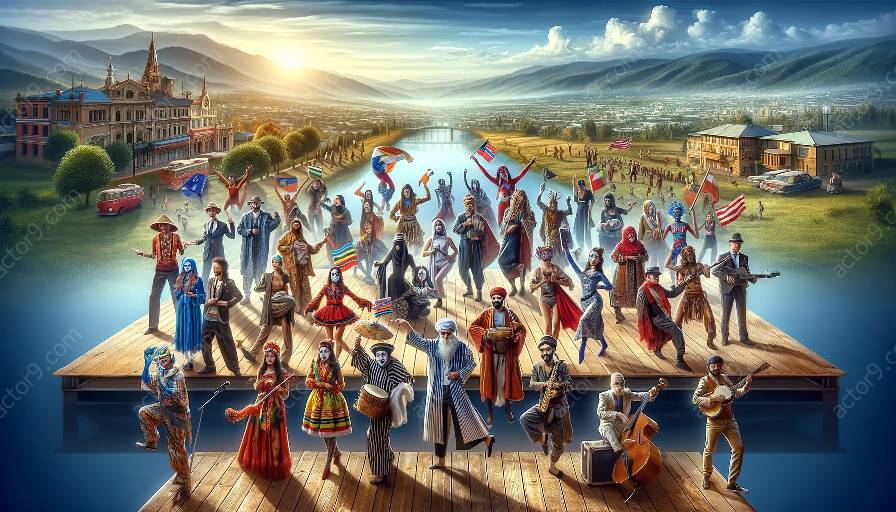Physical comedy and mime performances are deeply rooted in cultural context, influencing the timing and pace of the art forms in nuanced and multifaceted ways. This article explores how cross-cultural differences shape the expression of physical comedy and mime, and delves into the dynamic interplay between mime and physical comedy.
The Influence of Cultural Context
Cultural context serves as a significant determinant of the timing and pace of physical comedy and mime performances. Movements and gestures that are considered humorous or entertaining in one culture may not necessarily evoke the same response in another. For instance, the timing and delivery of a comedic gesture in Western culture may differ from that in Eastern cultures due to variations in social norms and comedic traditions.
Timing in Physical Comedy and Mime
Timing in physical comedy and mime is heavily influenced by the cultural perception of humor, as well as the societal expectations surrounding comedic performances. In cultures with a fast-paced lifestyle, physical comedy often reflects rapid movements and quick transitions to elicit laughter and engagement from the audience. Conversely, cultures that value subtlety and nuance may exhibit slower comedic pacing, allowing for detailed and intricate gestures to unfold gradually.
Pace in Physical Comedy and Mime
The pace of physical comedy and mime is intricately tied to cultural preferences for entertainment and expressive art forms. In some cultures, a frenetic pace may symbolize comedy and evoke energy and excitement among the audience, while in others, a slower pace may be appreciated for its emphasis on storytelling and character development within physical performances.
Cross-Cultural Differences in Physical Comedy and Mime
The diversity of cultural influences on physical comedy and mime is reflected in cross-cultural differences in performance styles and comedic expressions. These differences manifest through varying comedic timing, pacing, and use of gestures to convey humor or storytelling. For instance, Western physical comedy often emphasizes exaggerated gestures and rapid-fire movements, while Eastern mime performances may prioritize subtlety and precision in movements to convey humor and emotion.
Mime and Physical Comedy Integration
The relationship between mime and physical comedy illustrates the dynamic fusion of cultural influences. In some cultures, mime and physical comedy blend seamlessly, incorporating elements of slapstick humor and silent storytelling to create captivating performances. The integration of mime and physical comedy demonstrates the adaptability of these art forms in embracing diverse cultural influences, thereby enriching their expressive potential.


























